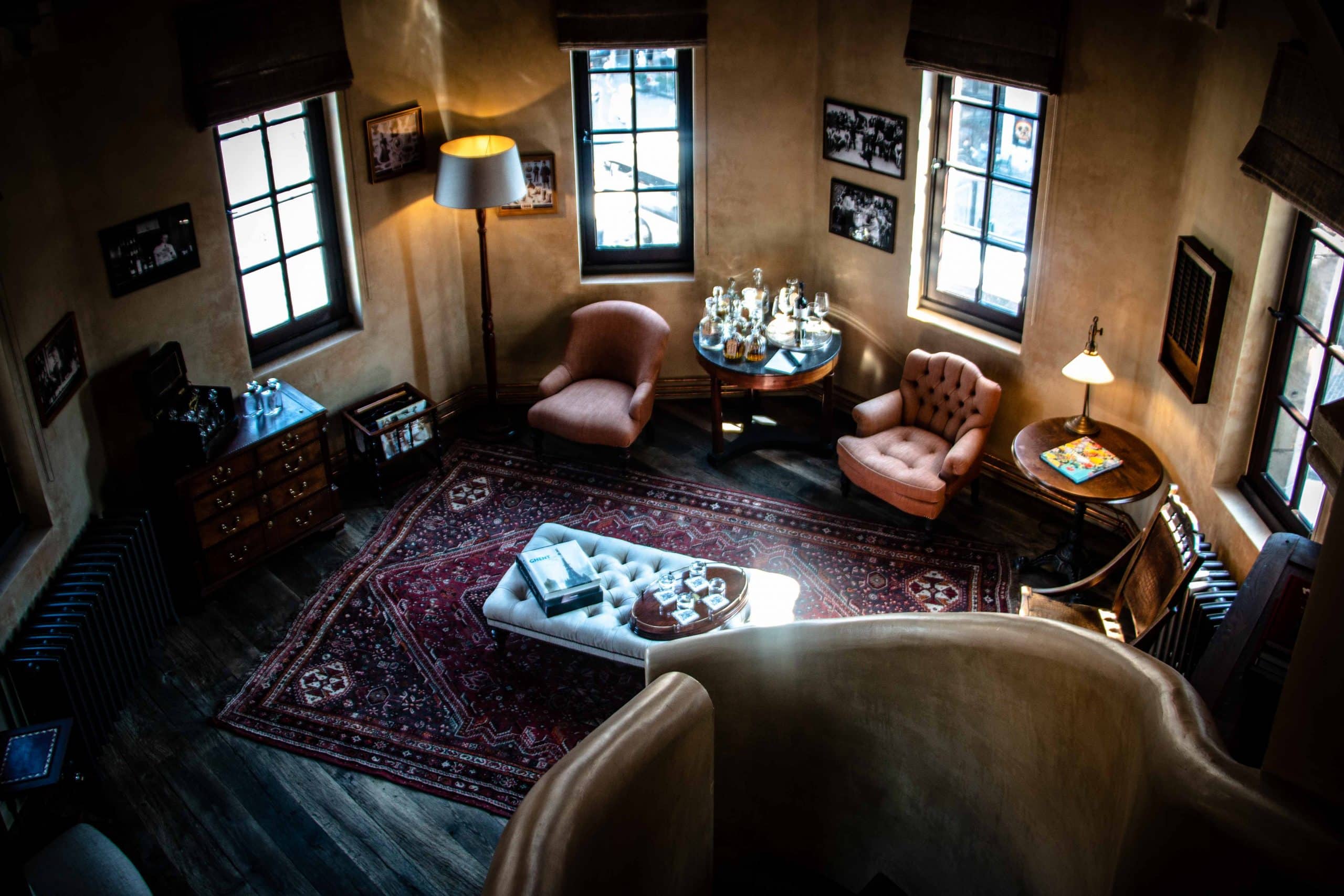Among the many paradoxical contradictions for which American baseball Hall of Famer Yogi Berra is known is this:If you don’t know where you are going, you’ll end up someplace else. This quotation is especially apt when planning one’s dream home.
Begin Simple
You are probably not an architect or an expert in Computer-Assisted Drafting but you don’t have to be. All that is necessary is a pencil and paper. Doodle out your ideas and brainstorm. Make a list of features you want for each room. It’s a great idea to have every family member design their own space. These rough ideas will assist your home designers in realizing your dream home conception.
Plan for the Future
Do you have a large family or expecting children? What about aging parents? Is there a need to accommodate extended family for holidays? Are you planning to operate a business from the home? These are all considerations when designing the home.
Build with the Lot in Mind
Should you already have secured the real estate for your home, make sure to utilize the topography, size and physical features of the lot. For instance, should there be a stream bisecting the property, place bedrooms in close proximity to the waterway in order to utilize the calming sound of running water when sleeping. Strive to highlight old-growth trees or stunning vistas by having them face common areas.
Design Efficient Function and Flow
As you and your design team consider the location of various rooms, factor in the flow of the design and the function of each room. As a rule, the greater the privacy of a space, the further it should be from the main entry. Should there be a second level, locating bedrooms there will help keep them quiet. Basements are ideal for utilities or recreation. Bathrooms should be in relative proximity to bedrooms. Remember that tight hallways and cramped rooms create the impression that a dwelling is smaller than it actually is. Open spaces with plenty of natural lighting make a house seem larger. Hallways need space that allows easy access for people passing in opposite directions. No doubt you and your design team will devise other factors of function and flow.
Consider Construction and Materials
Think of the construction site – how will the material be transported in, the location of the sun, the topography, and soil composition. Ponder over architectural style; your neighbors will probably not appreciate your űber-modern home in their bucolic wooded glen. Consider the building materials, building codes and the artisans needed to construct specialized dwellings, such as those made from pounded earth or straw bales. If you are environmentally aware, you know that pre-cut lumber is convenient (and expensive) but not ecologically friendly.
Finally
As mentioned above, one doesn’t need to be an architect to design a dream home. Know the space that you and your family use and create a comfort zone that best suits your needs. Make sure you know where you are going – and, as Yogi Berra says, Not someplace else!




